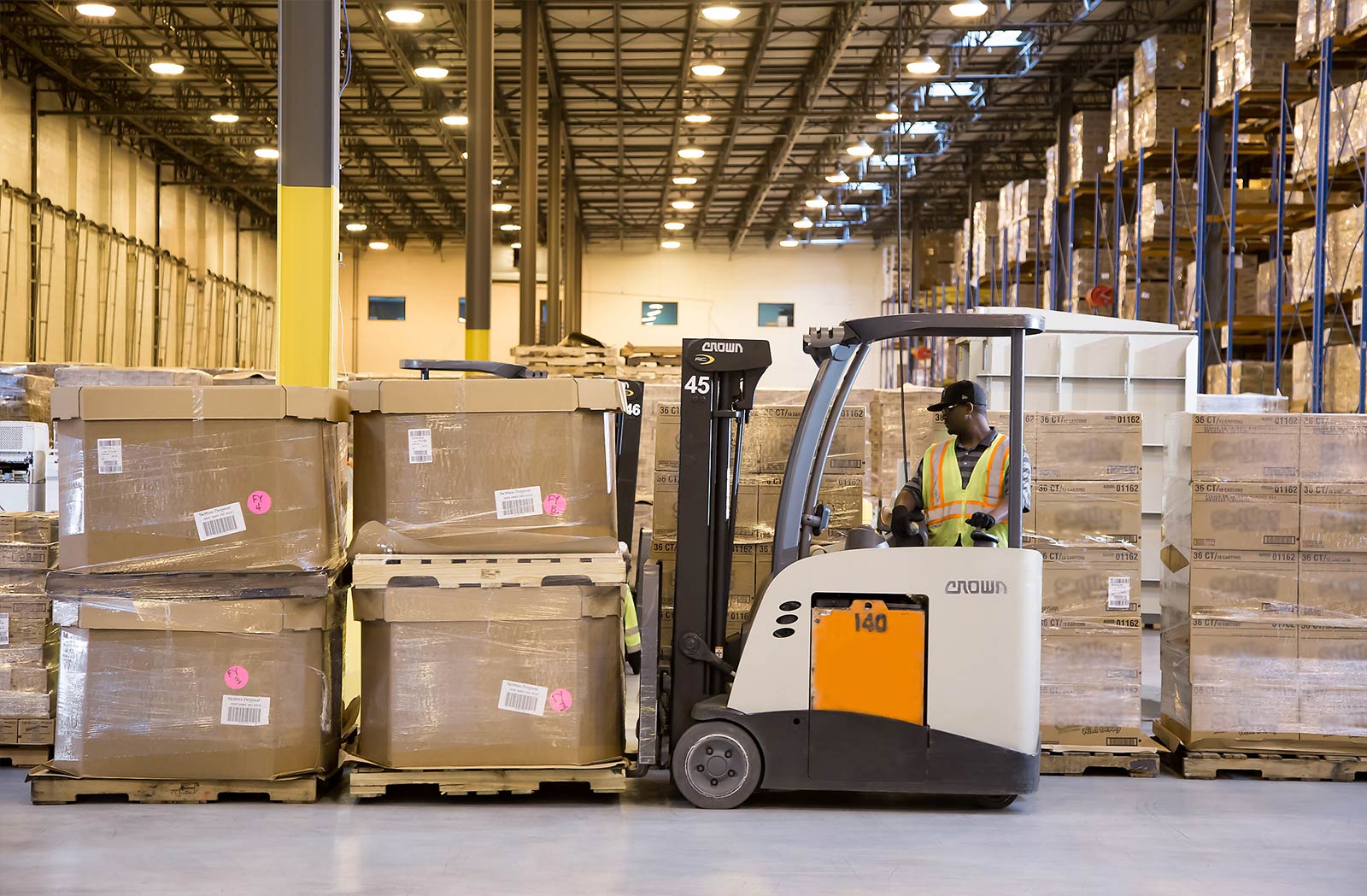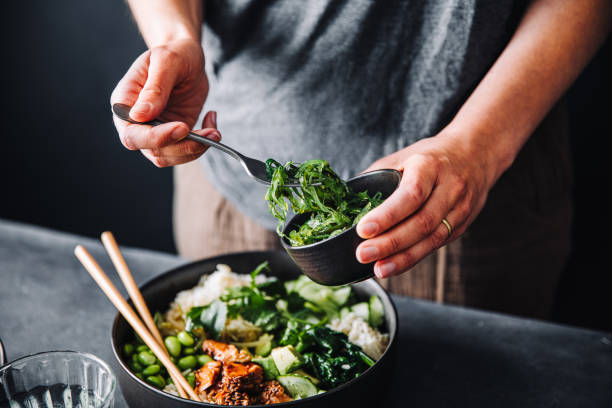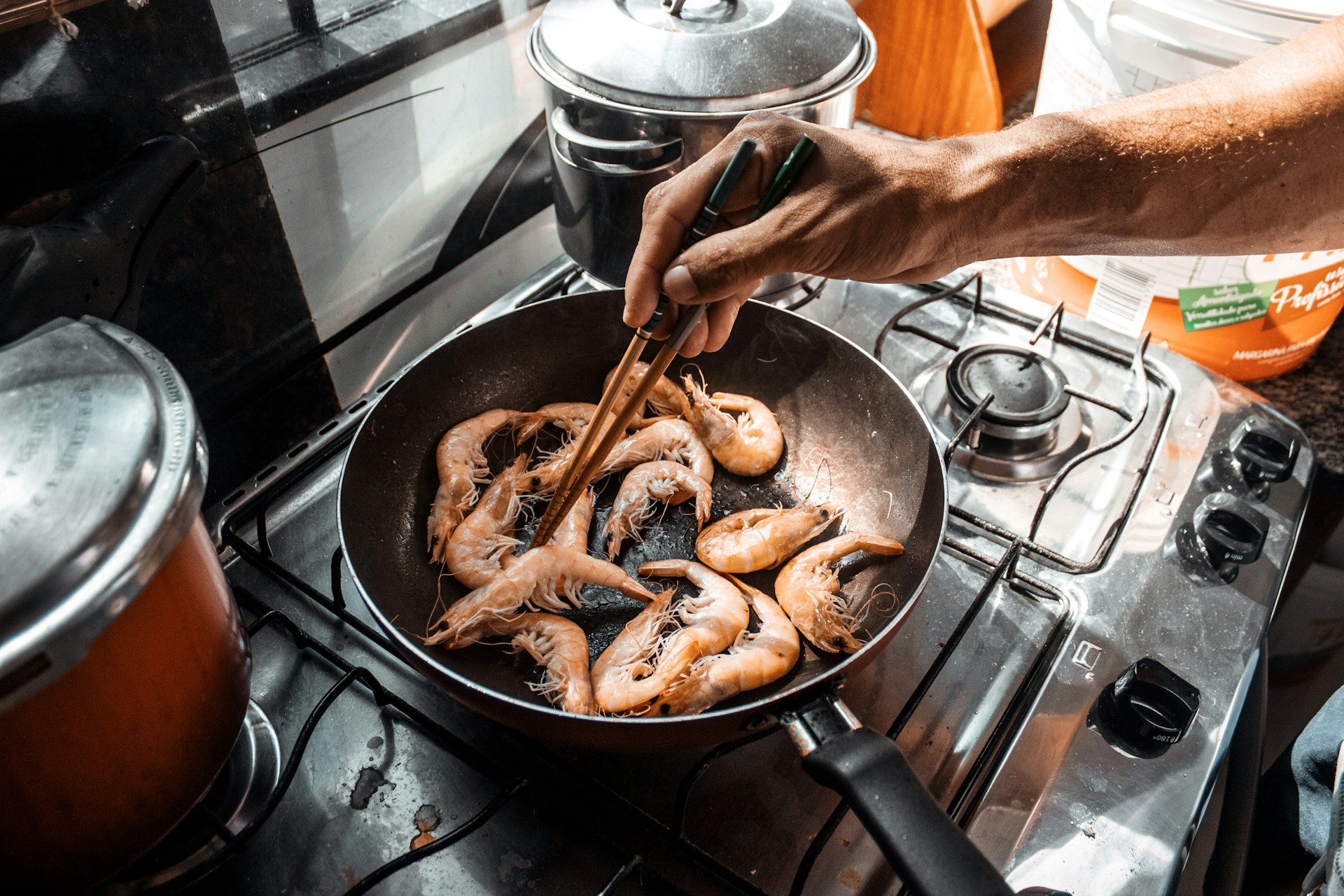Practical Considerations for Food Delivery of Perishable Items
Food delivery today covers everything from ready meals and groceries to meal-kits and specialty perishables. Moving items that spoil or degrade in quality requires more than fast drivers and clear labels: it demands systems that preserve safety, flavor, and nutritional value from pickup to doorstep. This article explains the logistics and operational practices that support reliable food delivery, focusing on how cold chain strategies, refrigerated transport, temperature control, and handling of perishable goods combine to reduce waste and protect consumers. It is written for readers who want a clear, practical overview of the mechanics behind safe, consistent delivery of temperature-sensitive foods.

cold chain transport: what it means for deliveries
Cold chain transport is a coordinated set of processes that keeps temperature-sensitive items within a defined range while in transit and storage. For food delivery, this usually means combining insulated packaging, refrigerated vehicles, and monitoring systems to maintain product integrity. The cold chain begins at the source — processing or packing — and extends through warehousing, last-mile transfer, and final handoff. Breaks in that chain can accelerate microbial growth or quality loss, so companies increasingly adopt traceable controls like electronic logging and tamper-evident seals to document temperatures throughout the journey.
food delivery: operational choices that affect safety
Operational choices in food delivery shape outcomes for both safety and customer experience. Route planning, pickup schedules, batch sizes, and driver training all influence how long items remain in transit and how stable their temperature will be. Many delivery operations separate ambient and chilled orders to avoid cross-impact and use strict cut-off times for perishable items. Packaging is also critical: gel packs, phase-change materials, and insulated boxes extend safe time windows, while standardized handoff procedures reduce exposure during customer delivery and returns.
refrigerated transport: options for last-mile logistics
Refrigerated transport options for last-mile food delivery span small insulated vans, temperature-controlled cargo bikes with portable coolers, and full-size refrigerated trucks for larger volumes. Vehicle choice depends on order density, urban congestion, and the temperature band required (e.g., chilled vs frozen). Smaller operators often rely on high-quality insulated containers with cold packs to manage short deliveries, while logistics providers use purpose-built refrigerated vans with separate compartments and active cooling for mixed loads. Proper maintenance of refrigeration units and pre-cooling cargo areas before loading are simple but important best practices.
temperature control: monitoring and compliance
Temperature control blends prevention and verification. Preventive measures include calibrated refrigeration, pre-chilled packaging, and minimizing door-open times during loading. Verification relies increasingly on data: wireless temperature sensors, GPS-linked logs, and exception alerts help teams identify exposures in real time and take corrective action. For regulated products, adherence to defined temperature ranges and record-keeping are part of compliance. Even for non-regulated food items, robust monitoring reduces spoilage risk and supports customer claims if quality issues arise.
perishable goods: packaging and handling strategies
Perishable goods require tailored packaging and handling depending on their sensitivity. Fresh produce needs ventilation and humidity control to avoid condensation and mold; dairy and meat often require colder, more stable temperatures; frozen items need deep-freeze protection. Packaging strategies include insulated boxes, vacuum sealing, dry ice for very low temperatures, and clear labeling to inform carriers and recipients about storage and handling needs. Staff training on loading order, gentle handling, and segregating incompatible items (e.g., chemicals or non-foods) protects perishable goods during every step of the delivery chain.
Conclusion
Delivering perishable foods safely and reliably depends on integrating the right mix of cold chain transport practices, thoughtful operational choices for food delivery, appropriate refrigerated transport, strict temperature control, and item-specific packaging and handling. Each element reduces risk of spoilage, supports regulatory compliance where required, and preserves the quality customers expect. Organizations that invest in monitoring, training, and consistent procedures are better positioned to reduce waste and deliver predictable results for temperature-sensitive orders.




